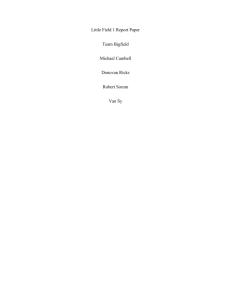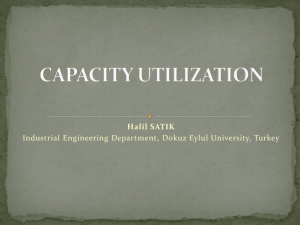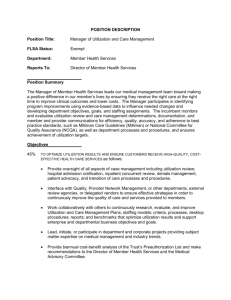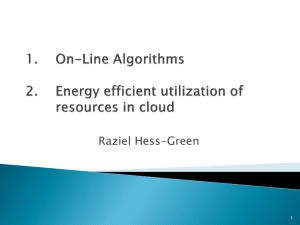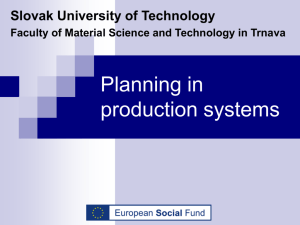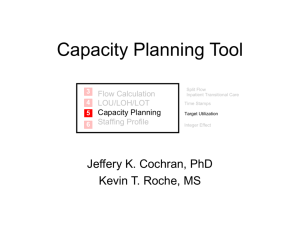Chapter 2 Reading Assignments
advertisement
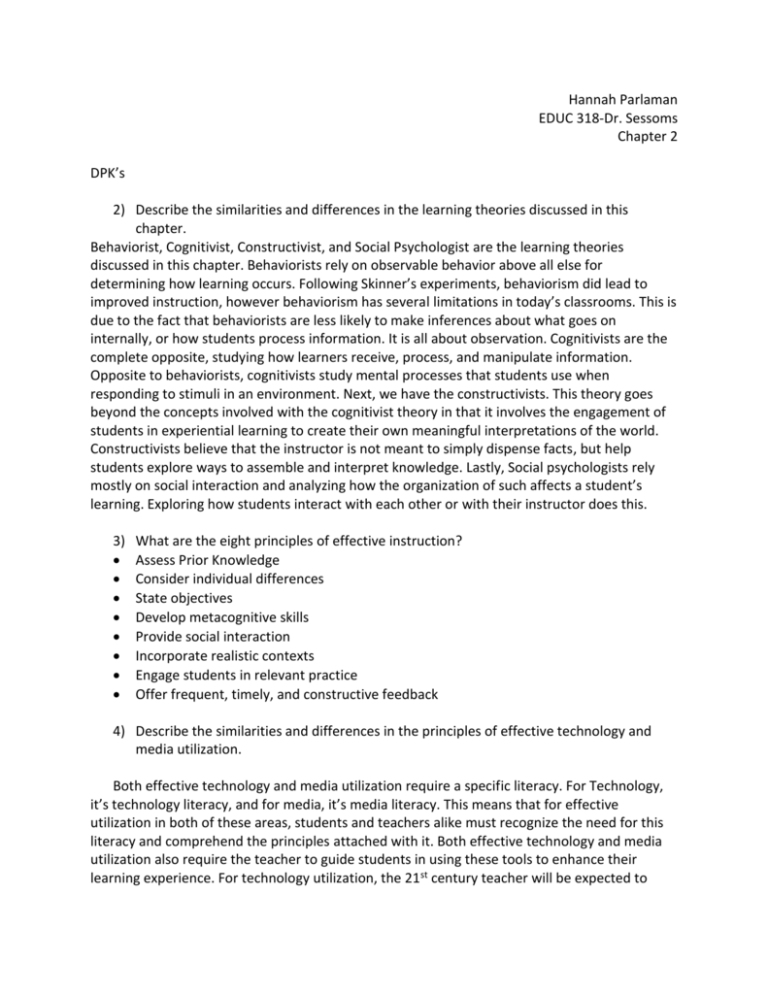
Hannah Parlaman EDUC 318-Dr. Sessoms Chapter 2 DPK’s 2) Describe the similarities and differences in the learning theories discussed in this chapter. Behaviorist, Cognitivist, Constructivist, and Social Psychologist are the learning theories discussed in this chapter. Behaviorists rely on observable behavior above all else for determining how learning occurs. Following Skinner’s experiments, behaviorism did lead to improved instruction, however behaviorism has several limitations in today’s classrooms. This is due to the fact that behaviorists are less likely to make inferences about what goes on internally, or how students process information. It is all about observation. Cognitivists are the complete opposite, studying how learners receive, process, and manipulate information. Opposite to behaviorists, cognitivists study mental processes that students use when responding to stimuli in an environment. Next, we have the constructivists. This theory goes beyond the concepts involved with the cognitivist theory in that it involves the engagement of students in experiential learning to create their own meaningful interpretations of the world. Constructivists believe that the instructor is not meant to simply dispense facts, but help students explore ways to assemble and interpret knowledge. Lastly, Social psychologists rely mostly on social interaction and analyzing how the organization of such affects a student’s learning. Exploring how students interact with each other or with their instructor does this. 3) What are the eight principles of effective instruction? Assess Prior Knowledge Consider individual differences State objectives Develop metacognitive skills Provide social interaction Incorporate realistic contexts Engage students in relevant practice Offer frequent, timely, and constructive feedback 4) Describe the similarities and differences in the principles of effective technology and media utilization. Both effective technology and media utilization require a specific literacy. For Technology, it’s technology literacy, and for media, it’s media literacy. This means that for effective utilization in both of these areas, students and teachers alike must recognize the need for this literacy and comprehend the principles attached with it. Both effective technology and media utilization also require the teacher to guide students in using these tools to enhance their learning experience. For technology utilization, the 21st century teacher will be expected to incorporate technology into the classroom and effectively show students how it can enhance their learning. Effective media utilization requires the teacher to guide students to find new sources of information through things like text, television, video, etc., to safely and accurately verify information. Having these skills will help students to better communicate their knowledge.





